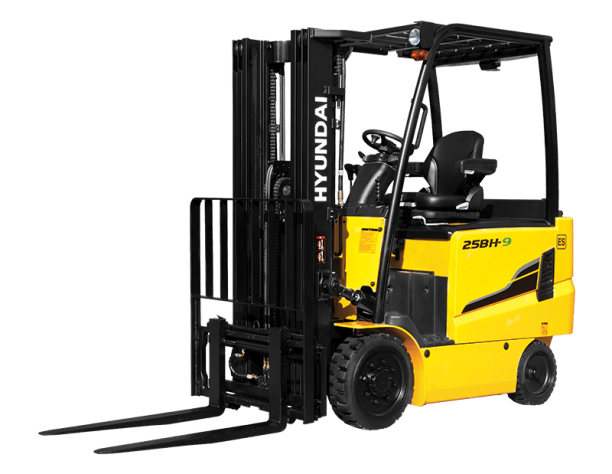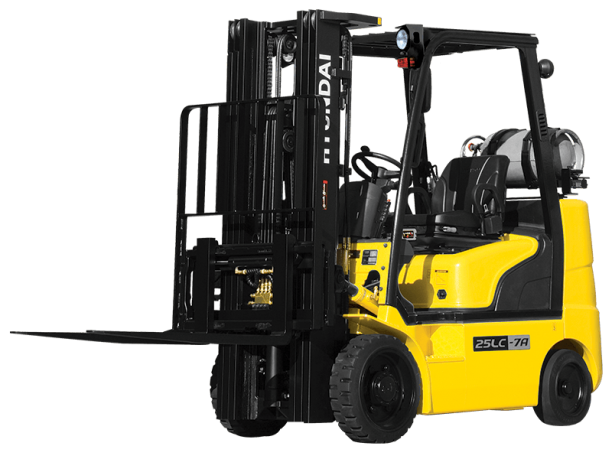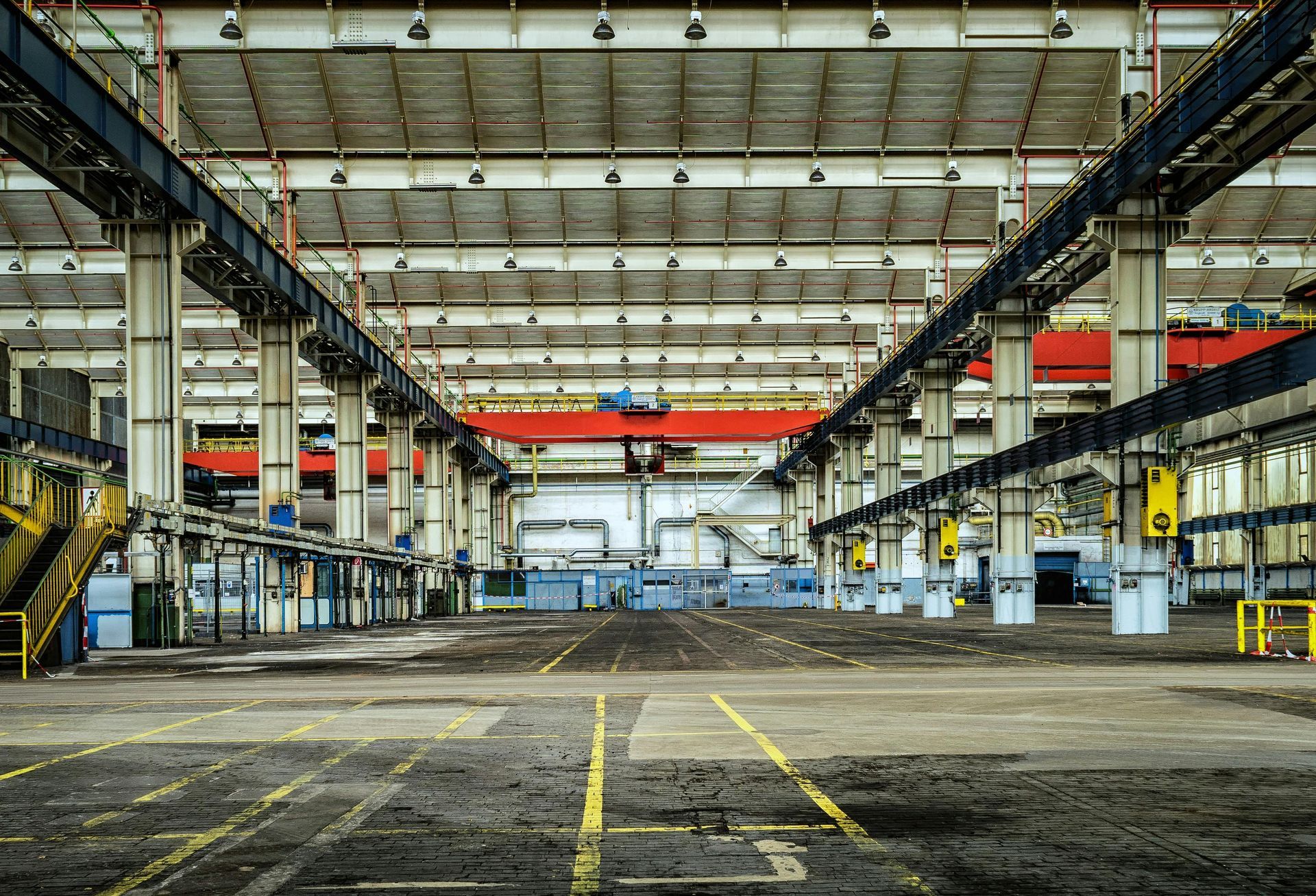Forklift Power: Pros and Cons of Electric and LPG
Forklift Power: Pros and Cons of Electric and LPG
Forklift Power: Pros and Cons of Electric and LPG. If you’re thinking about investing in a forklift or fleet for your warehouse, it’s important to weigh up the pros and cons of both electric and LPG alternatives before making your decision. To simplify this for you, we’ve outlined these below:
Pros and Cons of Electric Forklifts

There are a number of pros from using electric forklifts as a load-bearing solution for your warehouse materials. Because electric forklifts are powered by heavy lead-acid batteries, these are often used indoors, as no emissions are produced during operations. Electric forklifts are also quiet, which makes these a smart alternative for indoor use. An electric forklift also has lower maintenance and fuel costs when compared to an LPG forklift.
While there are many pros of purchasing an electric forklift, there are some cons. The initial outlay for an electric forklift is steeper than an LPG forklift. Removing and reloading batteries on an electric forklift can also be quite difficult as these weigh over 1,300 kilograms. Also, electric forklifts generally need to be charged every eight hours, which is a time-consuming process, although new fast-charging technologies are being introduced to help cut charging time by up to 50 percent Equipment 101: Lift truck basics
Pros and Cons of LPG Forklifts

Liquid propane gas (LPG) forklifts offer numerous pros for load-bearing applications. Propane-fueled forklifts are able to deliver consistent power while operating, unlike other fuel sources. You can also run an LPG forklift 24-hours-a-day, which is a far longer time between refuelling than electric forklifts.
LPG forklifts have faster ground covering speeds and the larger models with pneumatic tyres can be driven over rougher terrains and on steep inclines. If travelling indoors over smooth surfaces, the LPG forklifts with pneumatic rubber tyres are safer than electric forklifts with cushion tyres.
The cost of purchasing an LPG forklift is also less than an electrical forklift and refuelling is far quicker. Another pro of having an LPG forklift is that the propane cylinders which fuel the machine don’t take up much space and can be stored either inside or outside the warehouse facility.
Although there are a large number of pros for purchasing an LPG forklift, there are also cons. LPG forklifts release emissions, which can be an issue for indoor applications. Running costs and maintenance costs of LPG forklifts are higher than electric forklifts. Also, LPG forklifts are louder than electric forklifts and operator training is required when it comes time to switch the propane cylinders.
These are some of the many pros and cons for purchasing either an electric or LPG forklift for your warehouse supply operations. The main factors to consider when making your decision should take into account how long you need to be operating your forklift for every day; what type of surfaces will your forklift be navigating; will your forklift be operating in a confined space, and how much do you want to outlay for purchasing and running costs. Contact us for further information on forklifts or other industrial equipment.
The post Forklift Power: Pros and Cons of Electric and LPG appeared first on Benco Industrial Equipment.




